Tariff talk: buy your new or used EV or hybrid now
With Trump’s tariffs hitting the auto industry hard (and sending energy costs soaring), prices are about to get gnarly.
As German house-rappers Snap! once said back in the early ‘90s, “It's getting, it's getting, it's getting kinda hectic.”
I thought that a potential elimination of the federal EV tax credit would be the first major impediment from the Trump administration for potential buyers of EVs, but yesterday’s tariff-palooza sent things spiraling. No need to bore/agonize you with the grim details, but between the tariffs levied against imports from Canada, Mexico, China, Europe, and, basically, everywhere on the planet, cars are about to get more expensive — and, with the average new car price in America at nearly $48,000 a pop, they’re already “at the brink of affordability” for the majority of Americans, per Jessica Caldwell, an analyst at car buying analyst Edmunds.
Some grim figures from CNN: (Italics are mine)
Bank of America estimates that a 25% tariff on all imported auto parts would increase the cost of US assembled vehicles by about $26 billion — or around $3,285 per vehicle on average.
Even cars assembled at US factories will likely get more expensive because they use many foreign parts. Goldman Sachs estimates the cost of foreign-made cars will increase by between $5,000 and $15,000 per vehicle due to tariffs.
YIKES. Now, the individual automakers are going to come up with their own approaches to pricing as the tariffs begin to reshape the market, but here’s something important to know: the tariffs apply to vehicles and parts entering the country as of today, not to ones that are already here. So, if you’re in the market for a new vehicle, especially one that’s going to be heavily impacted by tariffs (Car and Driver has a good list here), you’d be smart to buy one that’s already in the country. And do it now. Because once the dealers start replacing existing inventory with not-yet-imported inventory, prices will definitely start shooting up.
Another aspect of car ownership that tariffs will impact: gas prices, which just reached their highest prices since September, and the energy market, given its interdependence on multiple national players, is volatile. Trump wants to keep gas prices low, but most experts lack confidence that he can keep that promise, given the uncertainty that the tariffs will continue to wreak with trading partners. Needless to say, it’s always better to use less gas, for the wallet and, of course, for the planet.
I’ve always been bullish on hybrids. While I love EVs, they’re not for everyone, and hybrids offer major savings in fuel usage (30-50% better efficiency than their gas-only counterparts) for only fractional increases in sticker price, and those can be made up in fuel savings over just a few years of ownership. (See my detailed breakdown here.)
Traditionally, Toyota has been the king of hybrid tech, and for good reason: they were pioneers with the Prius and, over time, expanded their rock-solid hybrid tech across their vehicle lineup from sedans like the Camry to light trucks like the Tacoma to the Sienna minivan to crossovers like the RAV4, which is now America’s most popular passenger vehicle. Toyota enjoys great ratings for reliability and customer satisfaction, and while few of their vehicles could be called interesting, they could definitely be called utilitarian. Thanks to this reputation, Toyota hybrids are always in high demand, and among the hardest to find on your dealership lot. These days, folks are typically waiting months for a Toyota hybrid.
But you don’t have to, especially now, if you need a new car and want a reliable hybrid. Former car salesman YouTuber Kirk Kreifels made a video this week that caught my attention. Kirk is a really excellent source of consumer friendly car news and this video was titled “Don't WAIT MONTHS for a TOYOTA HYBRID. Here's what to do INSTEAD.” He takes a deep dive into sales data that shows the extremely limited availability of Toyota hybrids across the country, especially models like the RAV4, Corolla Cross (subcompact crossover), Sienna, Grand Highlander, and Camry, and he offers alternatives for each. Definitely watch the video, but here are some of his picks.
Instead of the RAV4, for example, Kirk suggested you could get the Mazda CX-50 hybrid, which literally has the same powertrain as the Toyota — the two companies have a partnership. A Honda Accord could be had instead of the Camry, a Kia Carnival instead of the Sienna, and a Mazda CX-90 plug-in hybrid or Hyundai Santa Fe instead of the Grand Highlander.
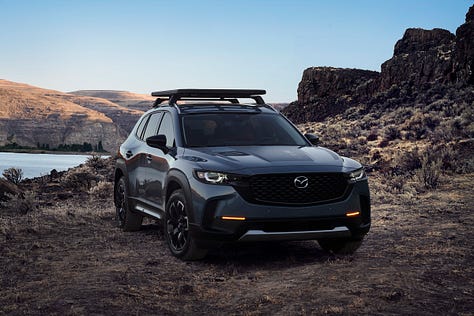
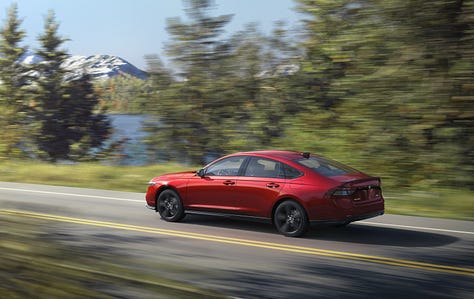
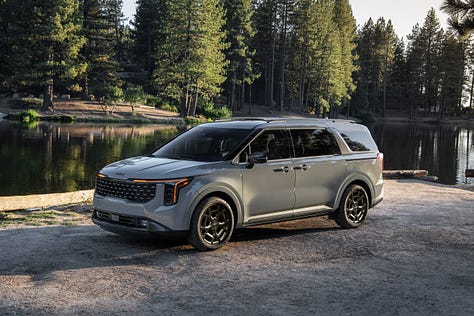
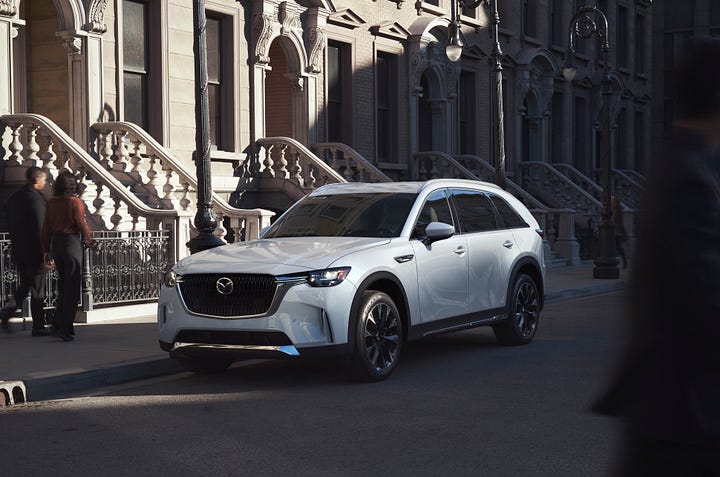
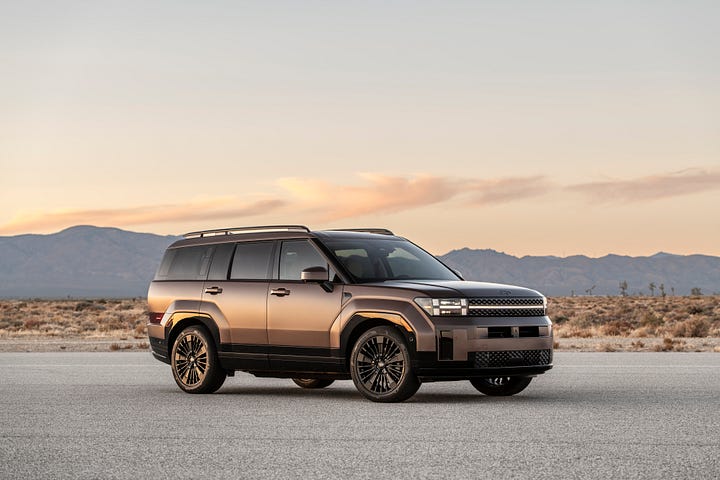
You might also think, well, I’ll just shop for a pre-owned car instead and avoid the tariffs altogether. The last time we had scarcity in the new car market was during the pandemic, and used car prices went through the roof. With new cars likely to get more expensive and hard to find (automakers are already pausing some production while they analyze the impact of the new tariffs on their business models), dealers won’t hesitate to squeeze every penny out of their used inventories. So, if you’re shopping used, consider doing it now.
The wild thing here is that this could all change again, without warning, anytime. This is the Uncle-Baby-Billy-Bible-Bonkers timeline we inhabit, sadly. So I suppose you could just wait. But if you wait until tariffs have sent new and used car prices totally skyrocketing, and then really need a car, it’ll be getting kinda hectic indeed.




“…it’s exactly like Family Fueds”